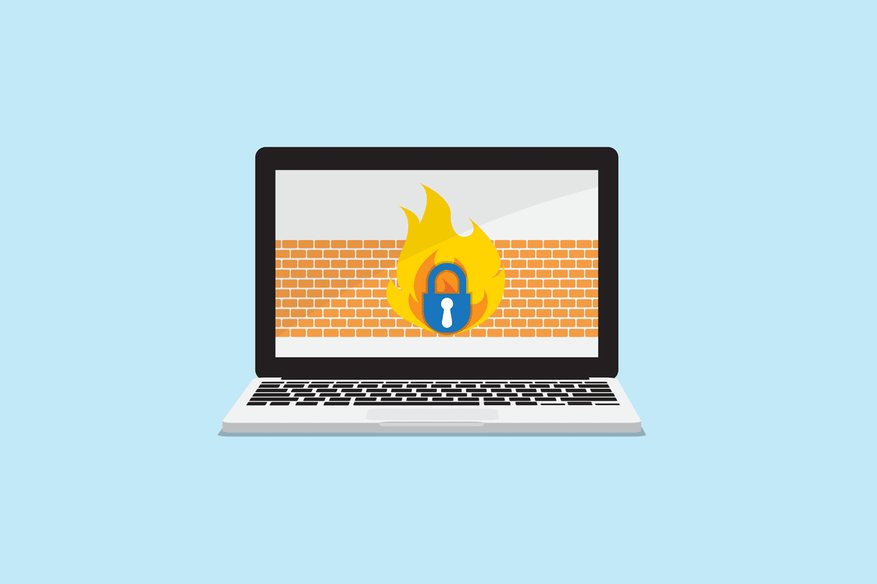What is Virtual Firewall and How it Works?

What is virtual firewall?
We’re all familiar with the traditional network firewall, which inspects packets for monitoring and controlling incoming and outgoing network traffic, based on predetermined security policy rules. A virtual firewall also does the same function; deployed as a software appliance, it provides network traffic filtering and monitoring for virtual machines (VMs) in virtualized environments. The greatest advantage of using virtual firewalls is that they can be moved easily from cloud to cloud and hence are very less expensive. They are also easy to maintain and simple to upgrade. These factors make virtual firewalls the ideal choice for small business organizations.
How it works…
A virtual firewall, almost like a physical firewall, works in conjunction with switches and servers to prevent unauthorized access of network or exfiltration of data. Virtual firewalls work in two modes. The first one, the bridge mode works by monitoring and diagnosing all inbound and outbound traffic in a virtual machine. The second mode, the hypervisor mode, sees the virtual firewall operating in isolation from the physical network. It manages the inbound and outbound traffic, residing in the core hypervisor kernel.
The benefits of using a virtual firewall
Organizations use virtual firewalls in the cloud to protect their cloud infrastructure and services. Any organization can run the virtual firewall on virtual servers and use it to protect the traffic relating to applications in the cloud. By using a cloud-based virtual firewall, the following benefits pertaining to network security in the cloud can be ensured:
- It secures all data in the same way as the traditional hardware-based firewall.
- A virtual firewall secures the physical data center by extending it to the cloud and securing the connectivity between the cloud and an organization’s local infrastructure.
- Secures virtual data centers by managing, monitoring and filtering all traffic.
- Protects applications and assets in virtualized environments.
- Using policy-based filtering tools and access control providers, virtual firewalls help to maintain the integrity and confidentiality of applications and the data stored in them or transmitted through them.
- A notable benefit of using virtual firewalls is that they, with advanced access policy and connection management that’s provided to a company’s clients, secure remote access in all respects.
- Whenever there are changes in network security requirements in remote branches or offices of an organization, virtual firewalls respond promptly to the changes and ensure comprehensive security.
Physical firewalls vs. virtual firewalls
Physical firewalls or hardware firewalls sit at the edge of networks or between environments, in a security appliance or as part of a routing device and works outside of an operating system, using servers and switches. They serve to link the public internet to the internal network, which they secure, over dedicated network interfaces. Since they reside between the public internet and the server, no traffic can happen bypassing the physical firewalls. Any kind of data exchange that happens between the internal network and any server, host or device on the public network has to happen through the network interfaces, and hence through the physical firewall, thereby making the communication secure by reducing threats. Physical firewalls, being hardware appliances, can handle heavier traffic loads and the response times are also very fast. Being an isolated network component that doesn’t in any way impact the performance of other applications, a physical firewall is rather easy to manage. In case you need to shut down the physical firewall, move it or reconfigure it, you can do it without causing much impact on the performance of the network or the connectivity. Hardware-based firewalls often need to be installed, managed and supported by the IT department or network support staff.
Virtual firewalls, which are software appliances deployed within virtualized environments, works with virtual switches and machines to monitor, manage and filter traffic. A hypervisor manages the virtualized environment and systems and applications are linked using virtual switches. Virtual firewalls are basically cheaper compared to physical ones. Though it’s easy to configure and set up a virtual firewall on its own individual server, managing too many could be an issue. Virtual firewalls can be centrally administered and managed.
Related Blogs:
Difference between a Firewall, Router & Secure Web Gateway
Best Network Scanning Tools for Network Security